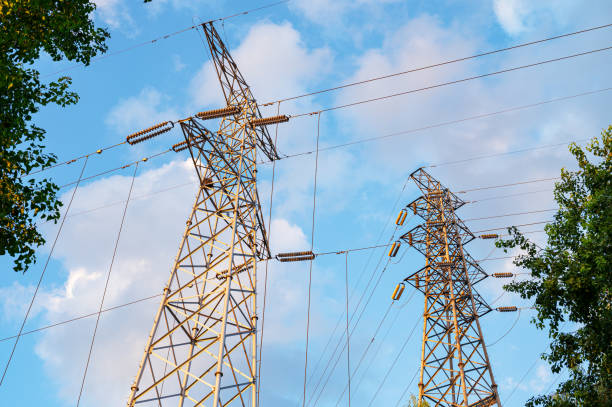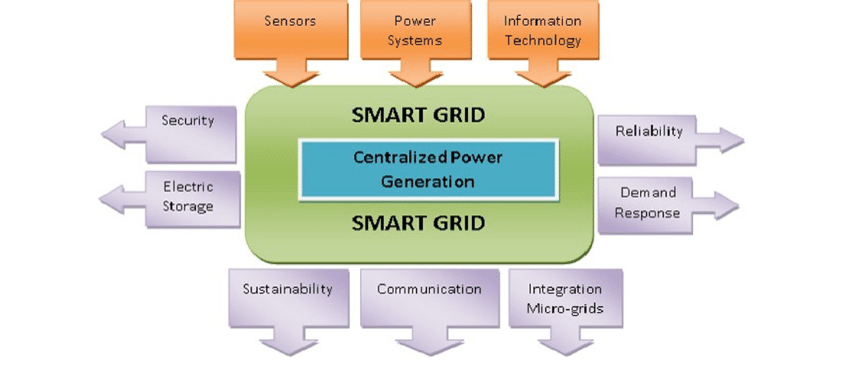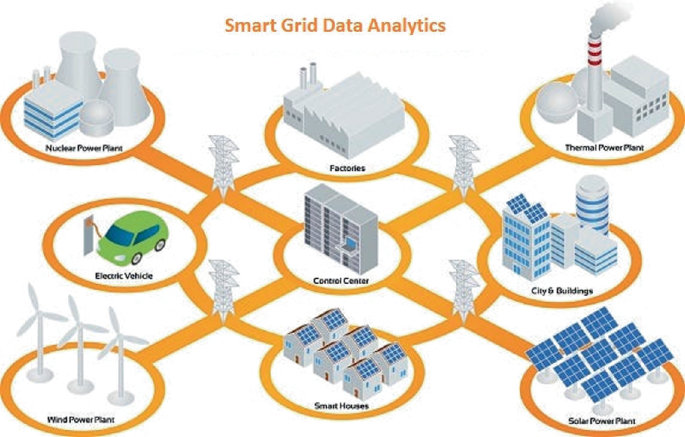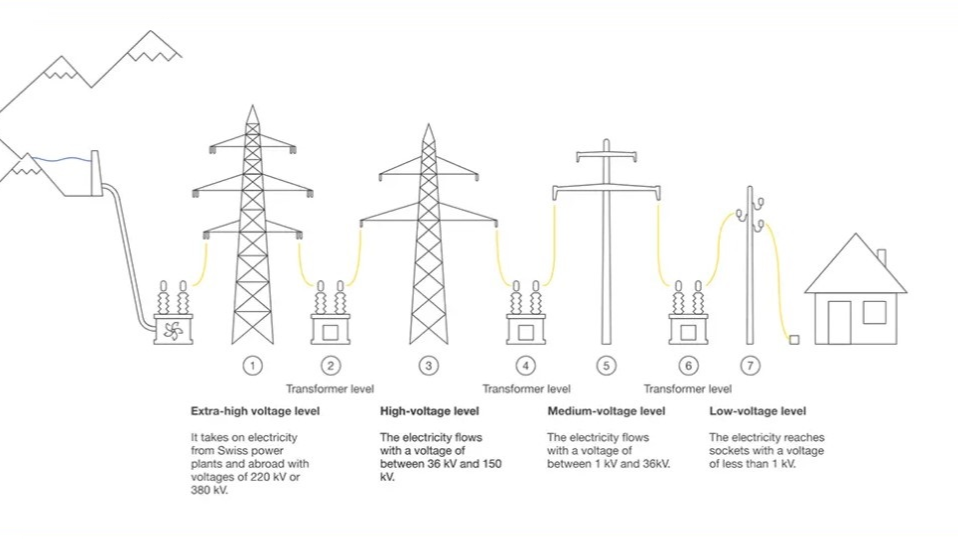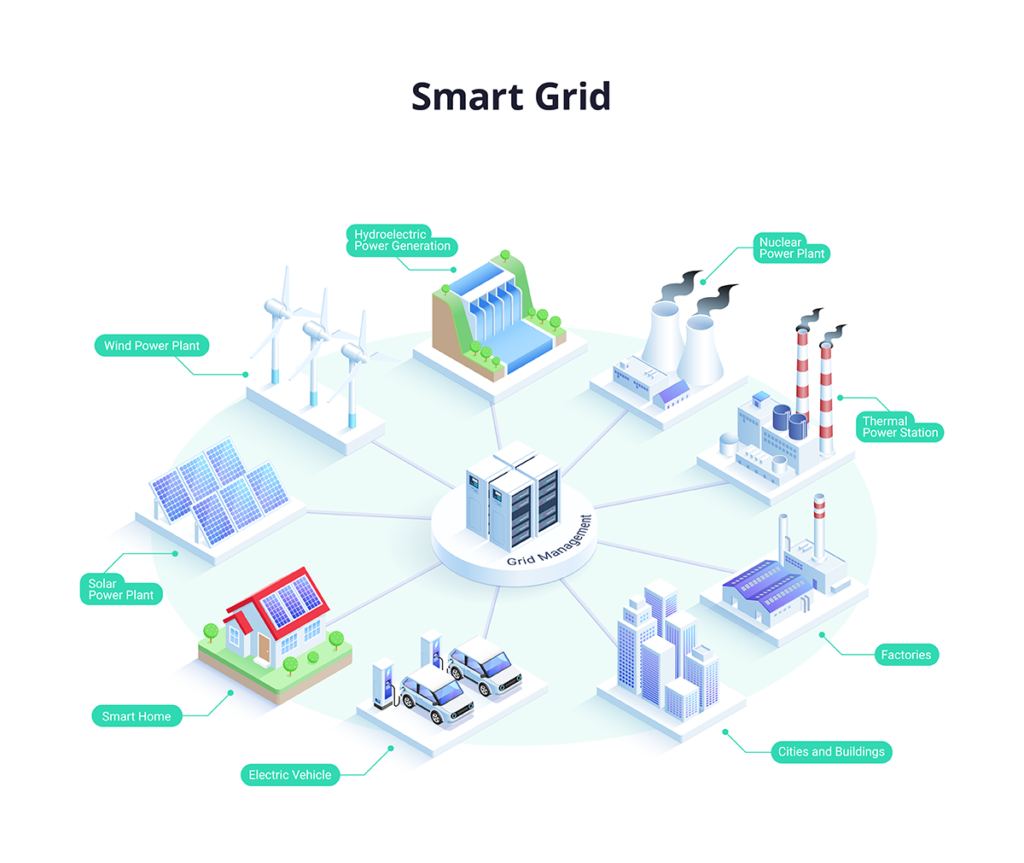Voltage categories
High-voltage transmission voltage types are commonly divided as follows:
- Extra-high-voltage transmission: voltage levels of 330 kV up to but below 1000 kV.
- Ultra-high-voltage transmission: voltage levels of 1000 kV and above. Ultra-high-voltage grids offer long-distance, large-capacity transmission with lower losses and smaller land use. Their transmission capacity can be 2.4 to 5 times that of 500 kV extra-high-voltage lines, which has led to the description of such corridors as a "power highway".
In the transmission industry it is common to categorize below 100 kV as low voltage, 100 kV to 1000 kV as extra-high voltage, and 1000 kV and above as ultra-high voltage. In China, common AC transmission voltage levels include 500 kV, 330 kV, 220 kV, 110 kV, 35 kV, and 10 kV; DC: 500 kV.
Differences between high-voltage and low-voltage transmission
The main difference between high-voltage and low-voltage transmission is their voltage level and typical application scenarios.
High-voltage transmission generally refers to transmission at 100 kV and above, while low-voltage transmission refers to transmission below 100 kV. These two approaches serve different roles in energy delivery and power distribution.
- High-voltage transmission is used for long-distance, large-capacity energy delivery, such as supplying distant load centers from large hydropower, nuclear, or thermal power plants. High voltage reduces line losses and improves energy transfer efficiency.
- Low-voltage transmission is used for short-distance, lower-capacity supply, such as residential power and small industrial facilities. Low-voltage systems have lower equipment and installation costs and are easier to maintain, but they are limited in transmission distance and capacity.
Each approach has appropriate application scenarios and trade-offs. The selection should be based on the specific technical and economic requirements.
Is higher transmission voltage always better?
Using a higher transmission voltage is not inherently better; the optimal choice depends on multiple factors. Key considerations include:
- Transmission losses: Resistive losses are proportional to the square of current, P = I^2 * R. For a given power transfer, raising voltage reduces current and therefore resistive losses.
- Transmission distance: Higher voltages are typically used for longer distances because they reduce current and associated losses, improving efficiency and economic viability over long spans.
- Equipment cost: Higher voltages require equipment rated for those levels, including transformers, insulation, and switchgear, which increases system cost.
- Safety and reliability: Higher voltage levels impose greater electric shock hazards and stricter insulation requirements, and can increase fault risk for lines and equipment. Higher-voltage systems require more stringent safety measures and maintenance planning to ensure reliable operation.
Selecting the appropriate transmission voltage requires a comprehensive assessment of these factors to balance efficiency, cost, safety, and reliability.
 ALLPCB
ALLPCB


